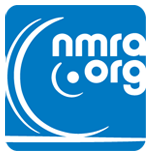These are the clinics that will be available at the Pacific Coast Region Daylight Limited 2025 Convention. Click on the links in this table to see more details below, or you can just scroll down.
Interested in presenting a clinic?
At this point we have presenters for all the time slots, but if you are interested in presenting a clinic, please contact the Clinic Chairperson at [email protected] and if a time slot opens up, we may be able to add your clinic
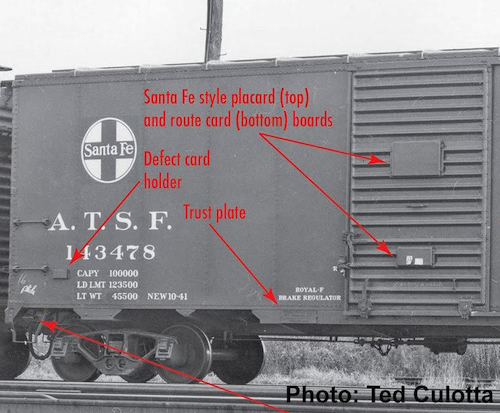
Bob Chaparro: Establishing an Era For Your Model Railroad
The purpose of this presentation is to identify visual cues that establish the era one is modeling
^top
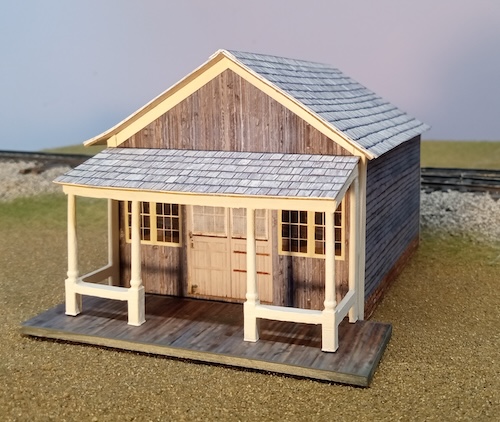
Michael Eldridge: Enhancing Paper Structures
Note: This is a make-and-take clinic. You must register for this clinic in advance (click here to register). There is a small fee for materials.
We will build a paper structure using several improvements for this type of structure, including some simple techniques and some ideas for using 3D printed and laser cut parts.
^top
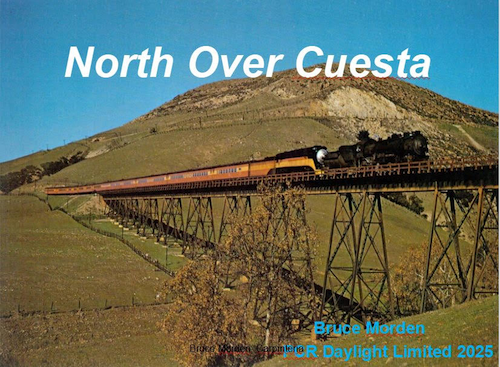
Bruce Morden: North Over Cuesta
Travel from San Luis Obispo to Paso Robles seeing photos of actual sights and historic photos of the route. This is an important clinic to attend if you have signed up for the excursion on Amtrak Thursday afternoon. If you are not on the excursion you can travel virtually and see most of the sights and learn the history of the route including the tunnels and bridges.
^top
Ed Hall: Basic Airbrushing
Origin of the airbrush, types of guns, paint and taping techniques
^top
Seth Neuman: Arduino-based Circuits For Operation
Seth will describe simple Arduino based circuits for implementing Train Order Board control, Operators’ approach indicators, Interlocking plants, Morse Code systems and other useful effects.
^top
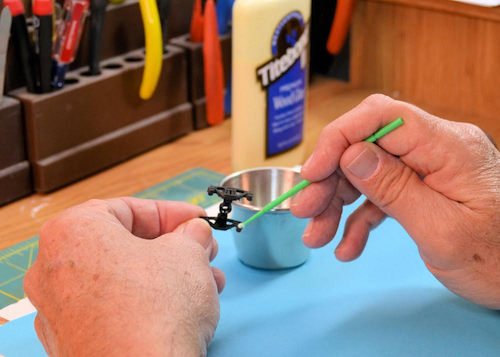
Bob Chaparro: Freight Car Tune-up Tips
The purpose of this presentation is to help you enjoy the operating your trains through tips for making your freight cars operate more reliably.
^top
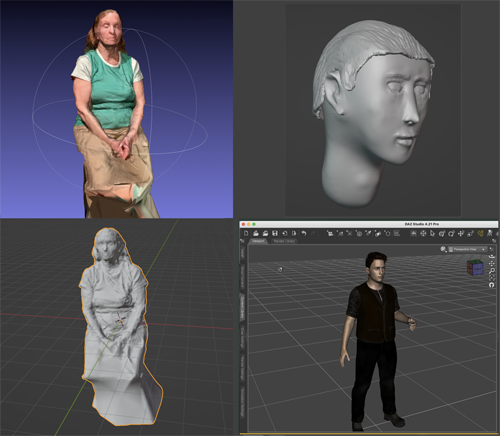
Michael Eldridge: Creating Human Figures for 3D Printing
A look at ways to create scale human figures, including scanning live people, drawing with 3D drawing packages, and a software application that creates realistic, posable figures.
^top
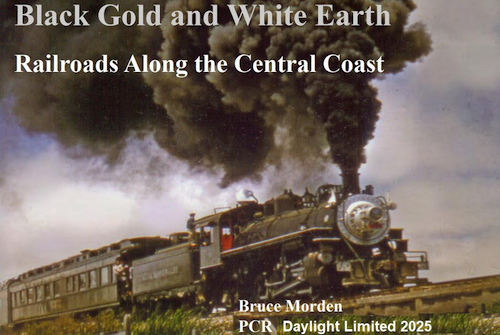
Bruce Morden: Black Gold and White Earth: Railroads along the Central Coast
This is a visual trip south from San Luis Obispo covering both the current and historic railroad activity and major industries served. Primarily Southern Pacific, the presentation also covers the Pacific Coast Railway, the Santa Maria Valley Railroad and the Pacific Southwestern Railroad. Photos of recent and historic railroading in this part of the Central Coast of California.
^top
Seth Neuman: Model Railroad Communications
Seth will describe the history of Dispatcher to Train Communications on the prototype and how to model them in your model railroad’s operating scheme. He will cover design considerations, matching your communications to the operations of your prototype, system design, equipment selection including use of period telephone and telegraph equipment or inexpensive modern equivalents.
^top
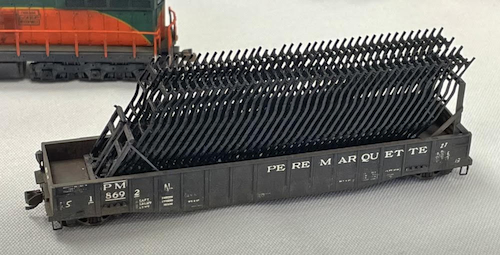
Bob Chaparro: Open Carloads
A look at loads modelers can duplicate with an emphasis on general service flat cars and gondolas in the steam and transition eras
^top

Irwin D Nathanson: Tour of Diamond Point Railways
Diamond Point Railways (2005-2024) were three interconnected layouts: American HO, German HO and British 00. DCC, 100% sceniced, lots of animation/sound. Tour includes text, track plan, photos and videos. Irwin explains how he was inspired by Miniatur Wunderland in Hamburg, Germany.
^top
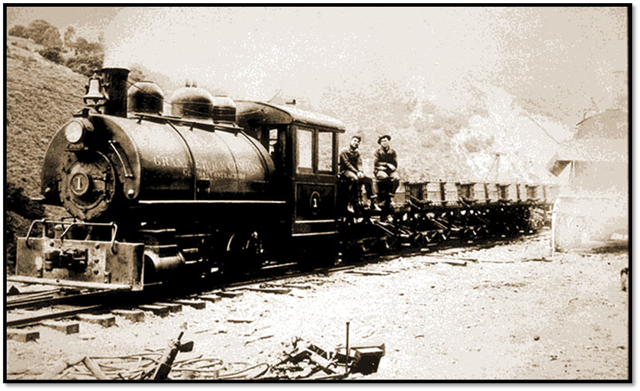
Michael Laine: Quarry Railroads of the Granite Rock Company
Located on Southern Pacific’s Coast Route, the Granite Rock Company A.R. Wilson Quarry in Aromas is one of California’s premier supplier of aggregate, railroad ballast and hot mix asphalt. The Granite Rock story is told with historic photographs that reveal details of quarry railroad history, narrow and standard gauge locomotives and rolling stock and the evolution of quarry operations.
^top

Chip Meriam: Using Readily Available Software to create TT & TO Forms
Chip will demonstrate how to create timetables and train orders using MS Excel or Apache Open Office spreadsheet software.
^top

John Stutz: Prototype Timber Tunnel Portals
Most prototype timber tunnel portals are essentially rock sheds, but with all but their face concealed from track-side, are rarely modeled as such. John will present photographs and drawings of a couple dozen fairly typical examples, and some atypical ones, together with modeling techniques, some cautions about curves, and example models.
^top
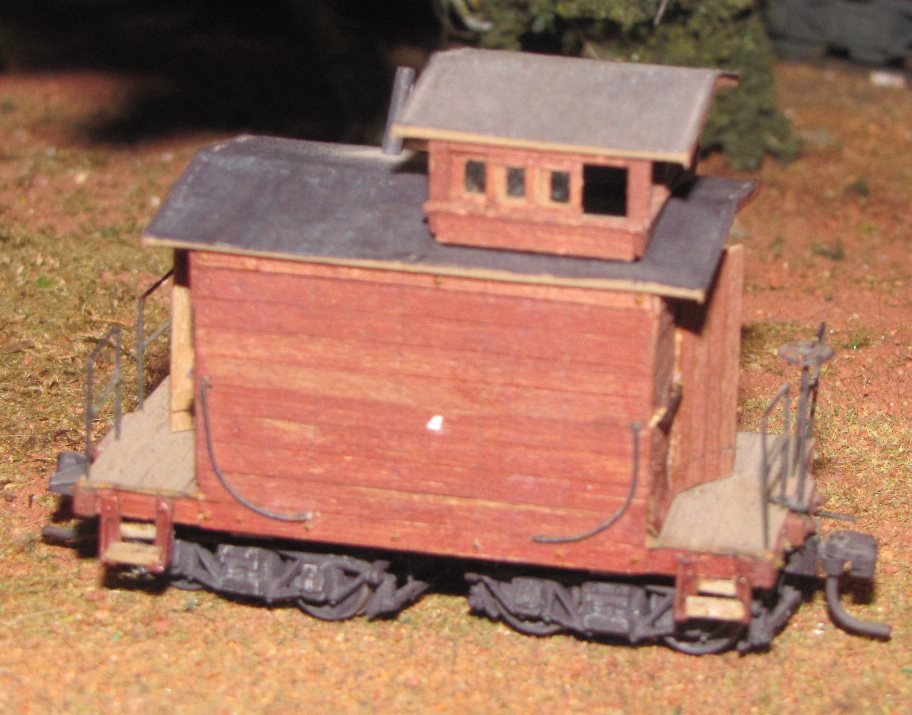
Frank Markovich : Building a Contest-Quality West Side Caboose Model
Frank will demonstrate the steps to creating a contest quality model of West Side Lumber Co caboose, which will include research, building the model, documenting the model and solving particular problems (and for this model there were a number of problems).
^top
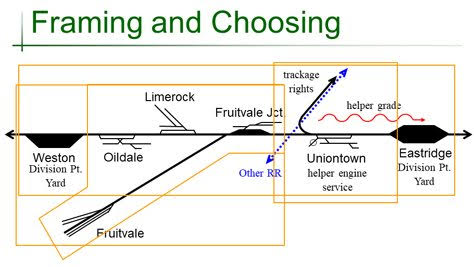
Byron Henderson: LDSIG Layout Design Mini-Camp
Join a custom layout designer for a one-hour distillation of the LDSIG’s four-hour Layout Design Bootcamp. Learn about three phases of the design process: Conceptual, Footprint, and Detail. Prototype and freelance examples of design best practices.
^top
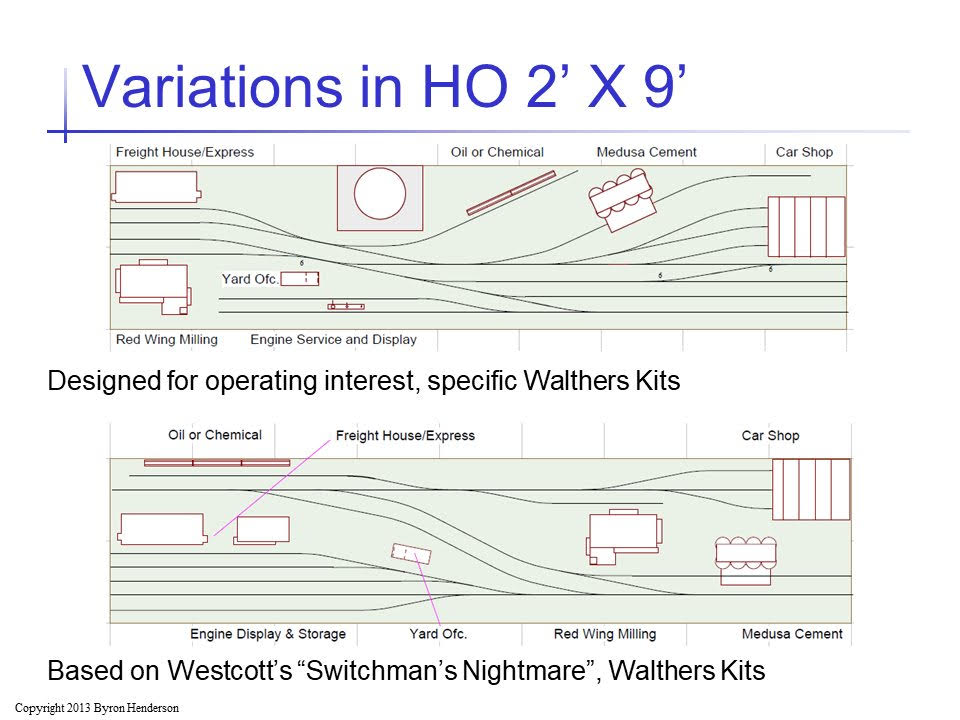
Byron Henderson: Small Layout Design – Beyond the Timesaver
Many small layouts are based on maddening puzzles and tedious tricks. But ops on small layouts can be challenging, fun, and prototype-inspired. A custom layout designer describes how to include layout design “best practices” even in small layouts.
^top

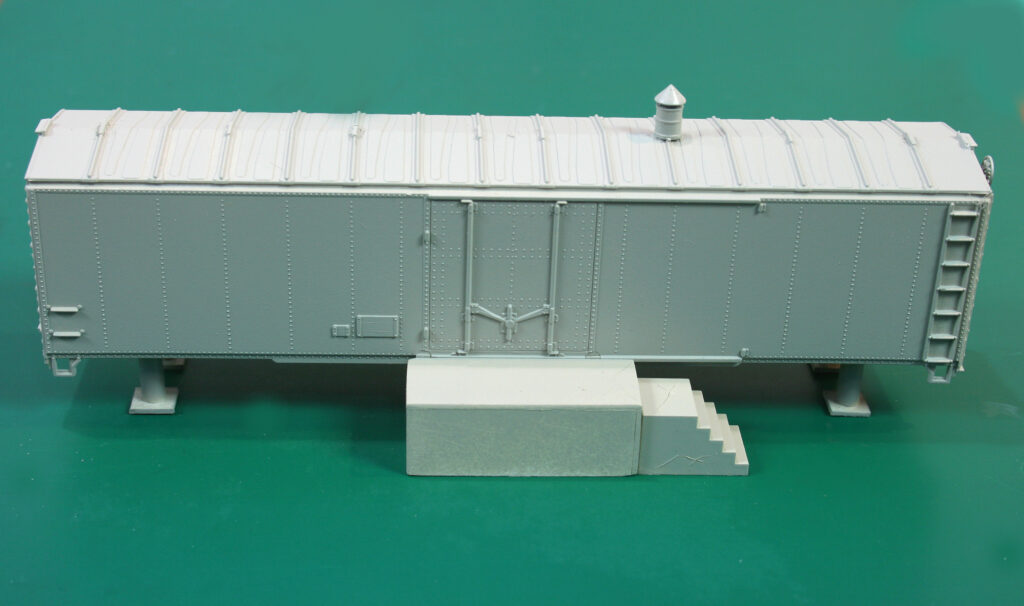
Modeling with the Masters® with Clark Kooning, MMR, and Peter Youngblood, MMR
Five clinics will be offered under the NMRA’s Modeling with the Masters® program. Please note: Every participant should get or be aware of the tool list. It is imperative they have tools to participate. This is a suggested list of tools that may be required to participate fully in the hands-on portion of our program. To allow you to fully take part in building of models you are strongly suggested to have all tools listed.
^top
You can see more details and the tools list by clicking on the link for each clinic below.
Clinic 1: Signs and Lettering Clinic (HO Only). Cost: $25
Clinic#2: Telephone Pole Clinic (HO Only). Cost: $25
Clinic #3: Laser Building Kit (N-HO -S -O). Cost: $50
Clinic #4: Scratchbuilding a Freight Car Shed (HO only). Cost: $50
Clinic#5: Scratchbuilding a Small Bridge (Puddle Jumper) (N and HO). Cost $50
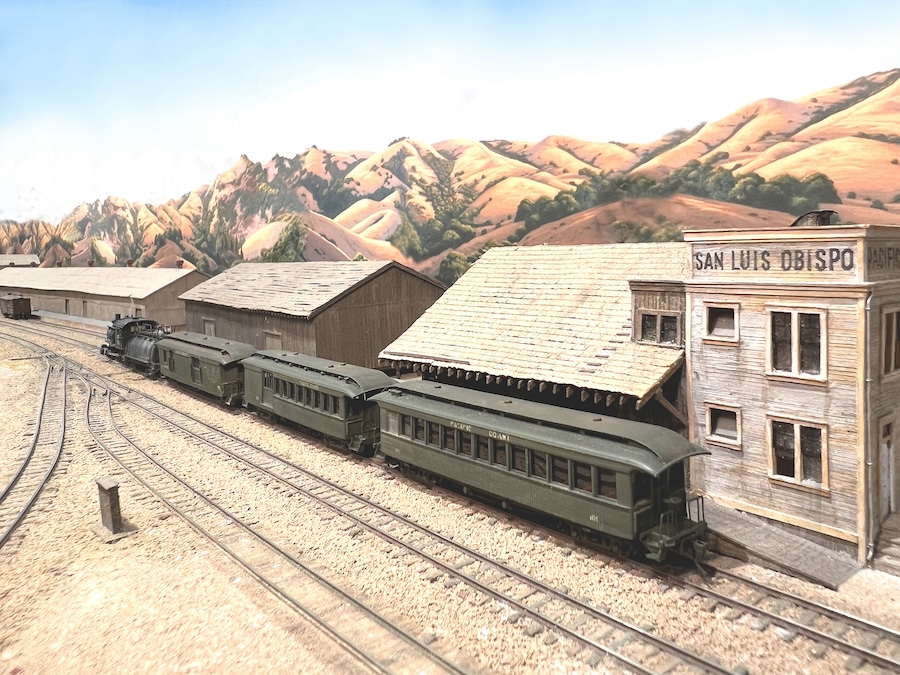
Thomas Knapp MMR #101: Modeling the Pacific Coast Railway in N Scale
Construction of a sectional layout depicting the narrow-gauge Pacific Coast Railway from Port San Luis to and through the facilities in San Luis Obispo circa mid-1930’s.
^top
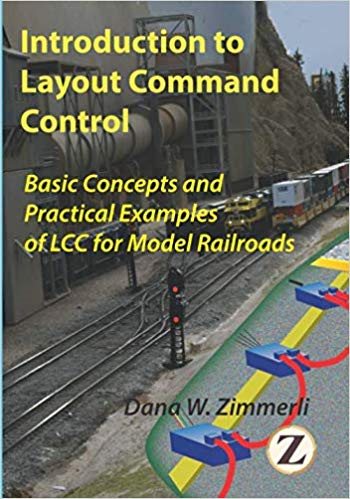
Dana Zimmerli: Introduction to Layout Command Control
What is LCC? Why LCC was developed, a brief history of LCC and and how LCC works. This Clinic is a at the practical level not the technical details.
^top
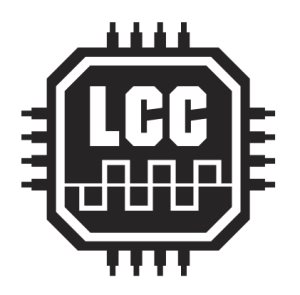
Dana Zimmerli: How to use Layout Command Control
Presenting the available parts and a guide to uisinng them in layout control. Assumes a top level knowledge of LCC and a bit of layout wiring. Discusses the way to get started in LCC
^top

Dana Zimmerli: Clocks, Lights and LCC
Presenting the LCC Fast Clock and how to use it. Includes several methods to control lights on your layout as well as providing a Fast Clock for operations. Also describes the special effects module to enhance the lighting
^top
Phil Edholm: Building Structures Two Ways – Acrylic and 3D Framing
Phil will discuss building ruggedized contest quality O scale structures for a module using two techniques. First, he will cover using an acrylic box as the structure for a large building. Two additional structures, one large and one small, use 3D filament printed framing with traditional material for both strength and appearance. In these buildings, the framing and roof are 3D printed with all floors, siding, and roofing being more traditional modeling materials. The clinic will cover design, building, coloring and finishing for the structures.
^top
Phil Edholm: Using PowerPoint to Make Modeling Images and Designs
This clinic will cover methods and ideas to use PowerPoint as a drawing tool to create a number of modeling projects. The clinic will discuss how to use PowerPoint tools, how to set up large slides for high-resolution images and how to manage objects in large slides spaces. Phil will also cover how to use PowerPoint for general design and archiving materials (images, historical, concepts, etc.). Phil will demonstrate how to output image files using different printing options, generally not a home printer. The clinic will cover how to generate high-quality laser decals, photo quality images for signs, posters, etc., generating building flats in larger scales and other useful applications around the railroad.
^top
Tony Thompson: Southern Pacific Freight Cars You Can Model
This talk presents examples of models from kits and kit conversions in HO scale that represent important SP freight cars for the steam-diesel transition era. All types of cars, from flats and gondolas to box, tank and hopper cars and cabooses, are included. The focus is on accurate and reasonable representations of each prototype car, not of museum-quality modeling. Some information on car usage is also included. A handout summarizes the car classes and commercial model(s) used as the basis for each car.
^top
Tony Thompson: Creating Realistic Operation on an SP Layout
The clinic describes the operation of my small layout, emphasizing SP practices and documents. The layout is switching-intensive, but does have mainline operating also. The presentation concentrates on both car and train movements, with a few comments on the use of prototype-format waybills to route cars, in order to maintain variety of operation in each successive operating session.
^top
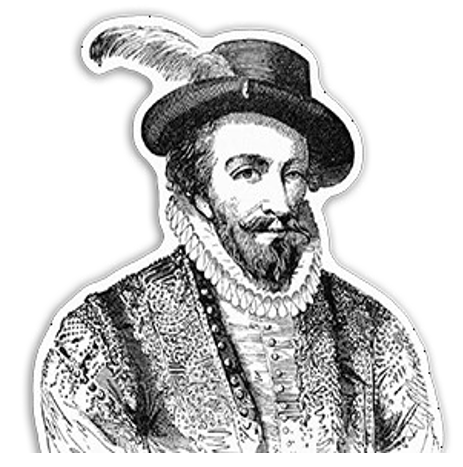
Chip Meriam: Developing and Submitting an Article for Publication
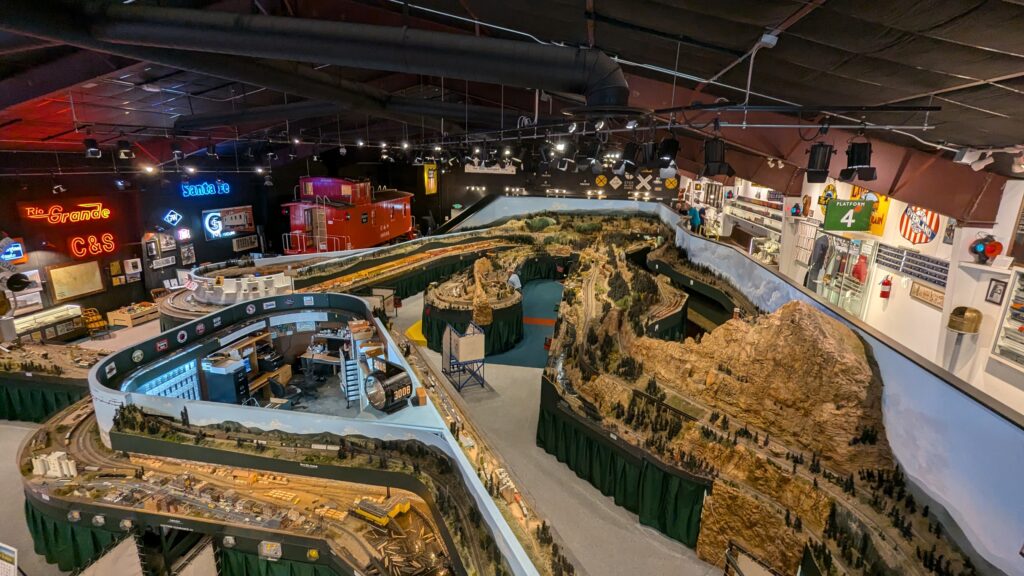
Bill Kepner: Running Your Layout Every Day and Expecting it to Last Forever!
The Colorado Model Railroad Museum is open most days of the week throughout the year. There’s been many lessons learned to keep the layouts always running for the benefit of their guests that could be applied to the average modeler. The session will explain some of the maintenance and management policies that have evolved over the last 15 years, as well as thoughts on technology adoption and volunteer engagement.
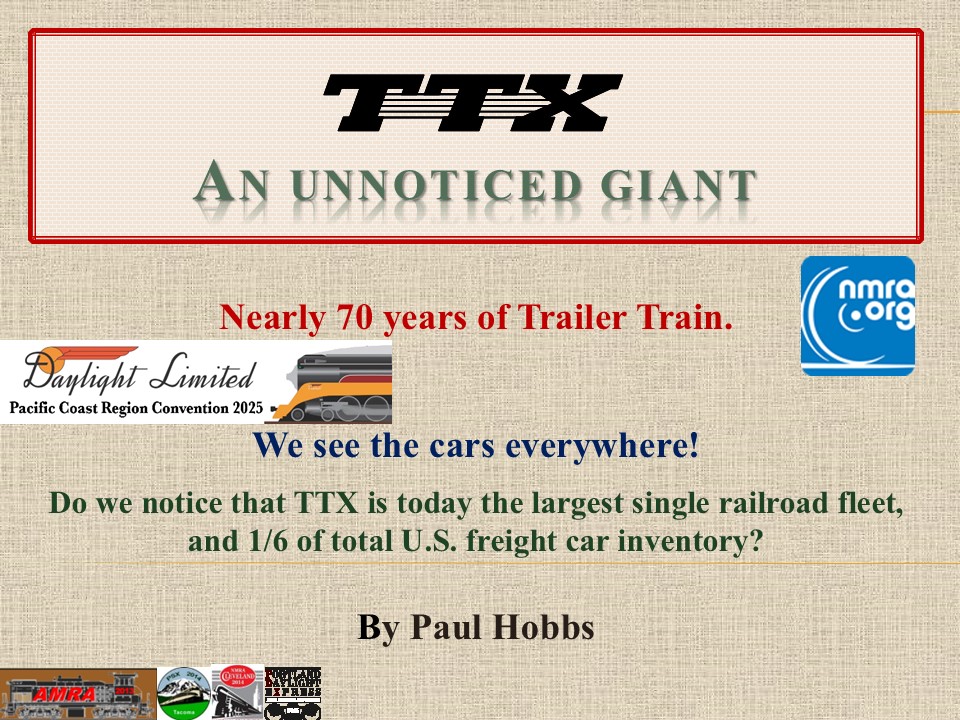
Paul Hobbs: TTX – An Unnoticed Giant
Trailer Train was formed in 1955 by Pennsylvania Railroad and Norfolk and Western Railway to provide a pool of flat cars for the emerging Trailer on Flat Car (TOFC) business. By 1960 Trailer Train was operating autoracks, later also containers. Renamed TTX in 1991, the company is today operating more than 200,000 cars, one of the largest fleets in North America.
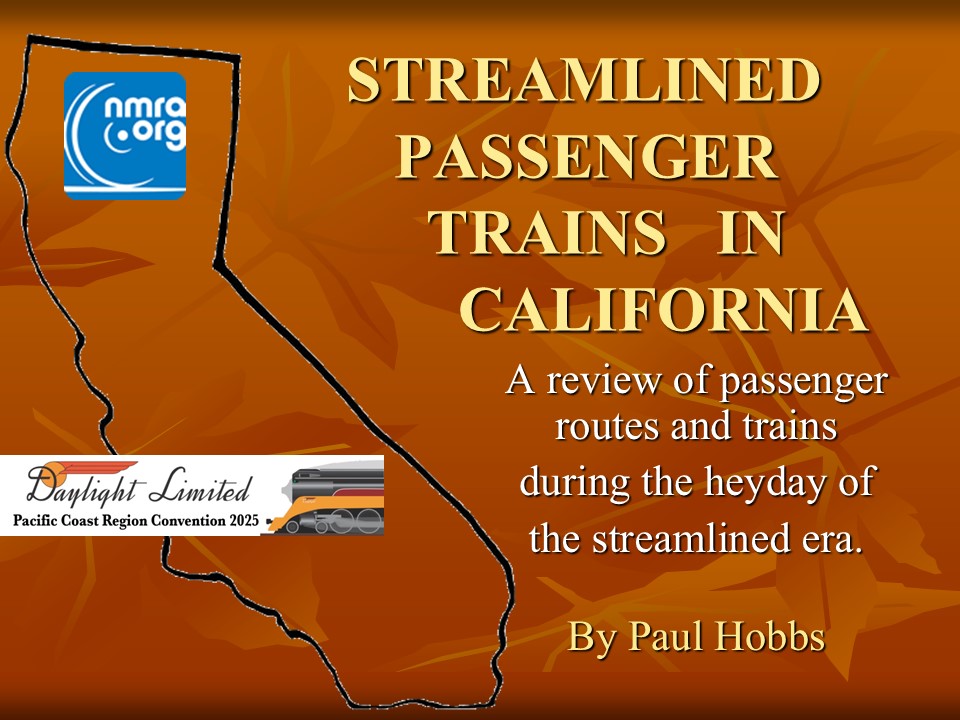
Paul Hobbs: Streamlined Passenger Trains in California
Railroads serving California were early to adopt streamlined passenger cars and Diesel power. We will discuss the trains operated and equipment used from the 1930s until the start of Amtrak in 1971.
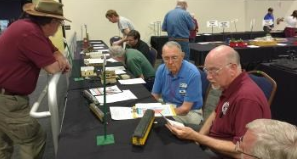
Paul Deis: Contest Entry Evaluation
Contest entry evaluation from both prospective, filling out the forms to help the evaluators understand what you did, and as a evaluator, what to look for on the forms and the entry. We will discuss how contest evaluation is done. If you have never evaluated a contest, this will show you what the evaluators are looking for. We will also ask you to consider being an evaluator. This is an excellent way to improve your modeling skills.
Evaluating models is a very rewarding experience and a great way to improve your own modeling skills. Although it may seem daunting at first, the process is straightforward and well documented. In this clinic the evaluation procedures and matrices will be presented and discussed. You’ll find that it’s very enjoyable. And, evaluating gives you 2 points toward your volunteer certificate.
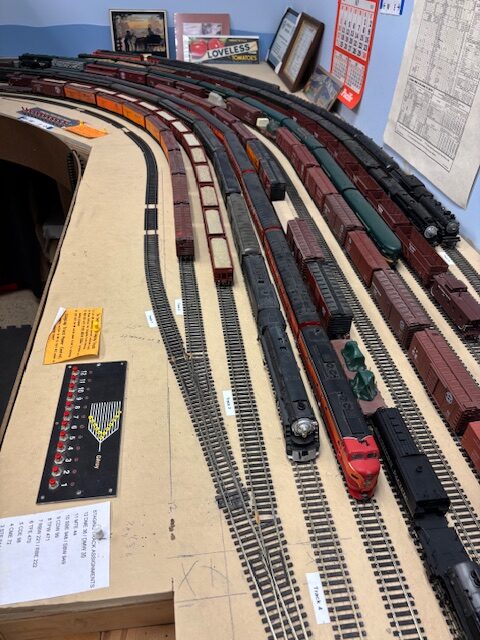
Dave Loveless, Charles Bedard and Tom Tomasello: The most fun you’ve ever had model railroading!
Recently we hosted a group of young model railroaders to operate on Dave Loveless’s R&D (“Rawhide & Duct-tape”) Southern Pacific railroad. One of the comments overheard was “This is the most fun I have ever had model railroading.” This was their first time operating a model railroad like a real railroad. As model railroaders we have the benefit of having our models be dynamic and come to life. Operations is more than moving trains. It simulates how a real railroad works, and it is a lot of fun. Perhaps you have wondered about operations but were intimidated by its seeming complexity? Perhaps you would like to introduce operations into your current layout but “that sounds too complicated”! Operations does not need to be complicated. Our clinic will talk about how simple it can be to get started both as an operator and as a layout owner. Learn how you can begin to enjoy the community of friends built around operating a model railroad together. We will use Dave Loveless’s model railroad as our “host” as it has been described by a third party as “I consider this layout to be “genius level” in terms of the Ops setup.”

Mike Burrell: Pacific Coast Railway SLO yard, Avila Beach and Harford Pier
This presentation the history of the Pacific Coast Railway in the San Luis Bay/ Avila Beach areas and will deal with the start of the railway as the horse drawn Railway was built into Avila Beach and to Miles station.
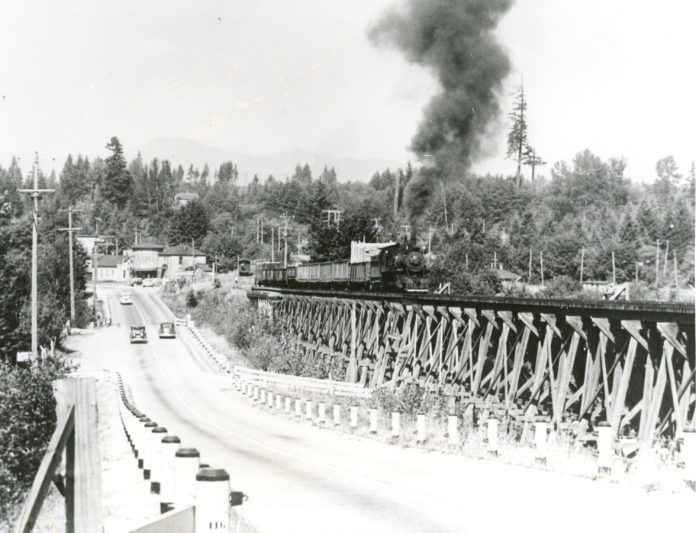
Mike Burrell: Pacific Coast Railway Bishop Peak Quarry Spur
This presentation will deal with the funicular Railway that went to about the 6oo’ level of elevation on the peak…and how it worked and for how long and what remains today.
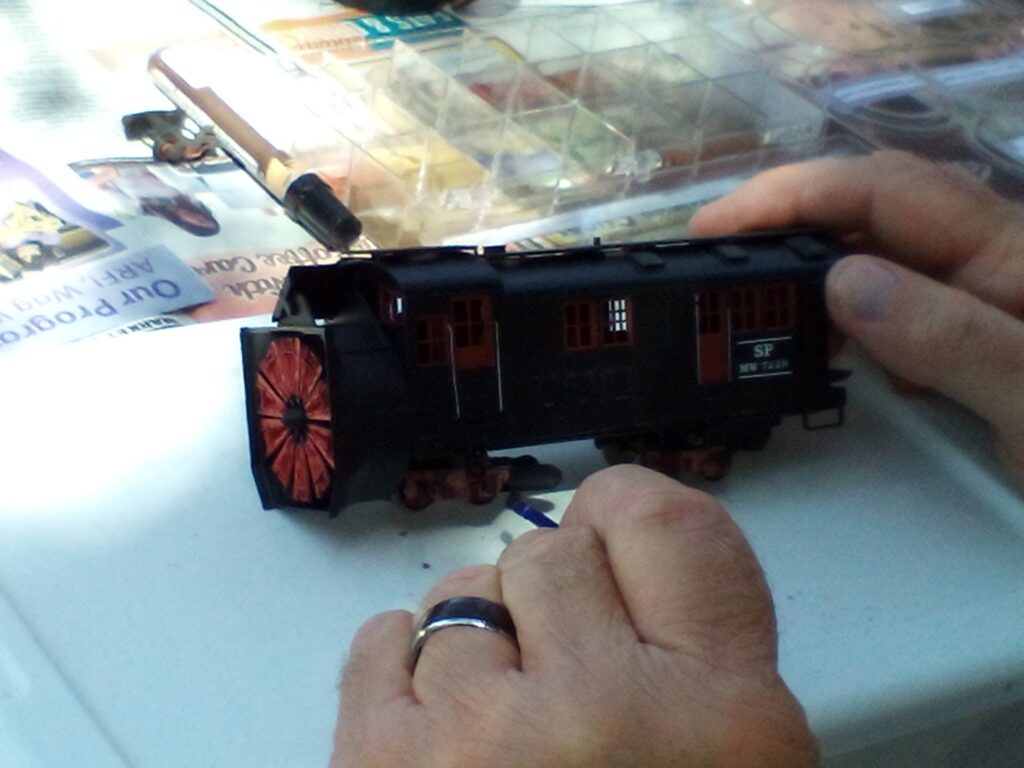
Neil Fernbaugh: Hands on Weathering
Here’s a chance for you to try out a variety of powders, paints, washes, make-up, techniques, and tools . Bring your own rolling stock or structures, or try you talents on some of our old Athearn Blue Boxes and car bodies. Come sit around a couple of tables and share in the fun.
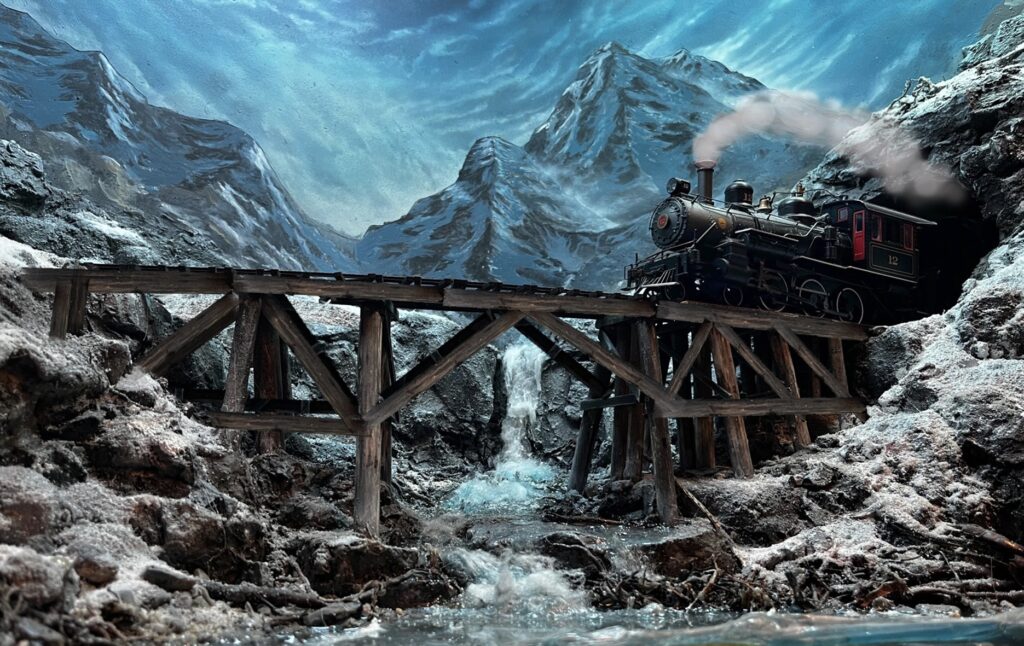
Roman Pastucha: Cinematic Modeling; Creating Dramatic Scenes using Film Production Design Principles
Transform your shelf layouts, dioramas and modular layouts into captivating, cinematic scenes using principles of cinematic production design. As the trend of shelf and modular railroading trends like T-TRAK grow, a unique opportunity arises to elevate your model railroad scenes to a new level. This Clinic explores the concept of designing foreground scenes and backdrops as cinematic art, allowing modelers to create immersive environments where trains become the “actors” on a well-crafted stage.
Drawing inspiration from the world of theater and natural science museums—where taxidermy mounts are presented in realistic, enclosed settings—this Clinic will guide you through the process of designing backdrops that enhance the drama and realism of your layout.





